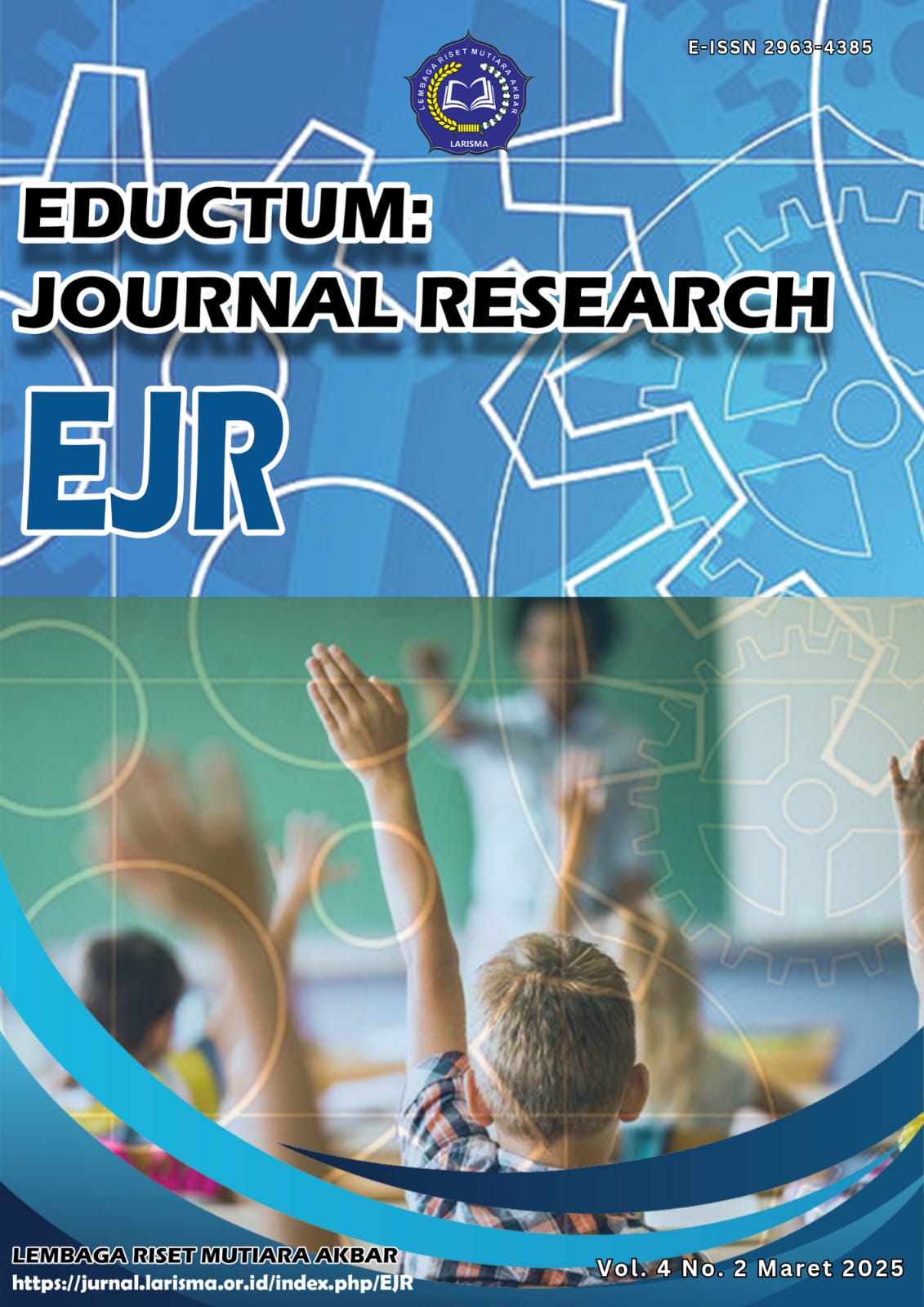Abstract
This study aims to analyze the spatial distribution patterns of earthquake occurrences in North Sumatra during 2022 using spatial statistical approaches, namely the global Moran’s I autocorrelation test and Local Indicators of Spatial Association (LISA), visualized through a Moran Scatter Plot. The data used in this study are secondary data obtained from the official earthquake catalog released by the Meteorology, Climatology, and Geophysics Agency (BMKG), including information on geographic location, time of occurrence, magnitude, and depth of earthquakes. The analysis was conducted using R and QGIS software, applying three types of spatial weighting: inverse distance, k-nearest neighbors (KNN), and adaptive Gaussian kernel functions. The results of the Moran’s I test revealed significant global spatial autocorrelation, indicating that earthquakes with similar magnitudes tend to cluster geographically. In contrast, the LISA analysis showed that most points did not exhibit significant local spatial association, although a few clusters of high-high, low-low, high-low, and low-high types were identified. These findings confirm the presence of spatial patterns in the distribution of earthquakes in North Sumatra, which are relevant for supporting mitigation efforts and spatially-based disaster management planning.
References
Amin, D. A., Sholawati, A., Riswanti, N., & Irsyad, A. (2023). Aplikasi sistem informasi geografis dalam pemetaan rumah sakit Saskatchewan, Kanada. Kreatif Teknologi dan Sistem Informasi (KRETISI), 1(1), 23–25.
Amri, M. A., Rahmawan, S., Nuryana, S. D., Assegaf, A., Adhitama, R., Setyorini, D. A., & Herdiansyah, F. (2022). Sosialisasi mitigasi bencana geologi kepada masyarakat Sekolah Dasar Islam Ay-Yusufiah, Banten. Jurnal AKAL: Abdimas dan Kearifan Lokal, 3(2), 182–192. https://doi.org/10.25105/akal.v3i2.13880
Badan Meteorologi Klimatologi dan Geofisika. (2022). Katalog gempa Indonesia tahun 2022.
Kurnia, A. (2019). Analisis spasial untuk statistik dengan R. Deepublish.
Lubis, L. H., Ayundita, A. A., Sari, N., & Wardono, W. (2022). Aktivitas seismisitas di wilayah Sumatera bagian utara menggunakan Arc-GIS periode 2020–2021. Jurnal Kumparan Fisika, 5(2), 91–98.
Mailanda, R., Kusnandar, D., & Huda, N. A. M. (2022). Analisis autokorelasi spasial kasus positif Covid-19 menggunakan Indeks Moran dan LISA. Bimaster: Buletin Ilmiah Matematika, Statistika dan Terapannya, 11(3).
QGIS Development Team. (2024). QGIS geographic information system. Open Source Geospatial Foundation Project.
R Core Team. (2023). R: A language and environment for statistical computing. R Foundation for Statistical Computing.
Septiana, T., Ramadhan, F. A. S., Muda, M. A., & Larasati, A. (2024). Sistem informasi geografis dalam pemetaan risiko bencana di sekitar Selat Sunda / Geographic information systems in disaster risk mapping around the Sunda Strait. Inovasi Pembangunan: Jurnal Kelitbangan, 12(2), 141-152.
Sukarna, S., & Sanusi, W. (2019). Analisis Moran’s I, Geary’s C, dan Getis-Ord G pada penerapan jumlah penderita kusta di Kabupaten Gowa. Journal of Mathematics, Computations, and Statistics, 2(2), 151–163.
Susilo, B., Afani, M. R., & Hidayah, S. I. (2021). Integrasi analisis spasial dan statistik untuk identifikasi pola dan faktor determinan perkembangan Kota Yogyakarta. Majalah Geografi Indonesia, 35(2), 156–162.
Sutadiwja, Y., Ronoatmojo, I. S., Triany, N., Nugroho, B., & Mahendra, M. Y. I. (2022). Pengenalan ilmu kebumian dan potensi serta mitigasi bencana geologi di daerah Jakarta. Jurnal AKAL: Abdimas dan Kearifan Lokal, 3(2), 122–140.
Zhou, Q., & Wu, J. (2018). Spatial autocorrelation analysis of ecological indicators in a GIS environment: A case study in China's ecoregions. Ecological Indicators, 93, 1044–1056.

This work is licensed under a Creative Commons Attribution-ShareAlike 4.0 International License.
Copyright (c) 2025 Risca Octaviyani Hutapea, May Rani Tabitha Sinaga, Muhammad Shadri Ismaun Lubis, Muhammad Fachri Aqil

